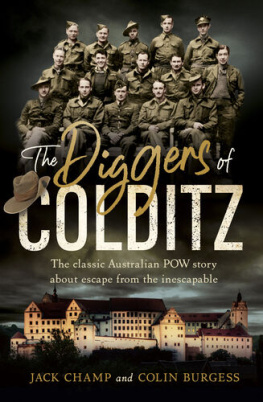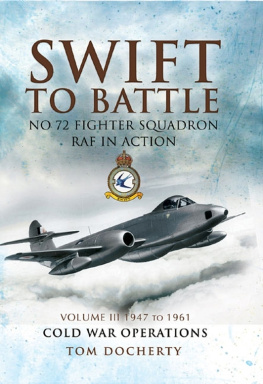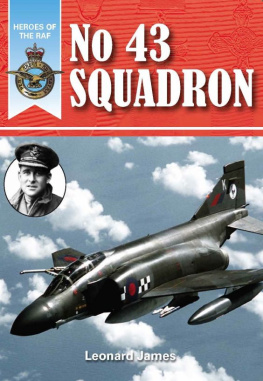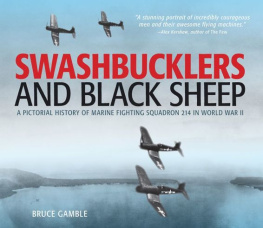

The latest edition of this work has been brought to publication with the generous assistance of Marguerite and Gerry Lenfest.
Naval Institute Press
291 Wood Road
Annapolis, MD 21402
2000 by Kit Lavell
All rights reserved. No part of this book may be reproduced or utilized in any form or by any means, electronic or mechanical, including photocopying and recording, or by any information storage and retrieval system, without permission in writing from the publisher.
First Naval Institute Press paperback edition published 2009
ISBN 978-1-61251-565-6 (eBook)
The Library of Congress has cataloged the hardcover edition as follows:
Lavell, Kit, 1944
Flying Black Ponies: the Navys close air support squadron in Vietnam / Kit Lavell.
p. cm.
Includes bibliographical references and index.
1. Vietnamese Conflict, 19611975Regimental historiesUnited States. 2. United States. Navy. Light Attack Squadron Four. 3. Vietnamese Conflict, 19611975Aerial operations, American. 4. Vietnamese Conflict, 19611975Personal narratives, American. I. Title.
DS558.4.L38 2000
959.7043373dc21
00-47736

 Print editions meet the requirements of ANSI/NISO z39.48-1992 (Permanence of Paper).
Print editions meet the requirements of ANSI/NISO z39.48-1992 (Permanence of Paper).
9 8 7 6 5 4 3 2
Unless otherwise noted, all photographs are from the authors collection.
To Loretta, Jack, and David
And to the memories of Peter Russell, Aubrey Martin, Roy Sikkink, Joel Sandberg, Carl Long, Jere Barton, Bob Lutz, and Adm. Elmo R. Zumwalt Jr.
Contents
When I read the firsthand accounts in Flying Black Ponies, I was struck by the vividness of the chronicles and the close connection between the Ponies amazing operations in Vietnam and the current wars in Iraq and Afghanistan. When I gave my own modest service in Vietnam I was always impressed with those guys up there, fast movers (jets), choppers, and fixed-wing aircraft that provided a lifeline to the men on the ground. Though I never worked with the Ponies, they clearly represented the best of American military innovation. The Black Ponies were custom made to solve challenges of a close-in war in Vietnam. The NVA and VC developed tactics that centered on ambushes and attacks at extremely close ranges. By getting up close and personal with an American unit before engaging it, the enemy could neutralize the firepower of U.S. artillery, bombers, and most tactical aircraft.
It became clear that the United States needed an air support capability that could work the seams that fifty-yard distance between friend and foe that might exist in a tight firefight. Such a capability required tough, slow-moving aircraft piloted by Americans who could operate with AK-47 rounds punching up their aircraft; men who could move across enemy ground forces at crop-duster levels and keep their nerve. Kit Lavell and his colleagues were the men who fit that bill. They operated their OV-10 Bronco aircraft with courage and skill, saving countless lives in hundreds of tightly contested battles. They also killed more enemy soldiers than all of the carrier-based aircraft in the U.S. Navy, but the service of the Black Ponies didnt end with Vietnam.
As Chairman of the House Armed Services Committee in 2005, I was focused on finding an answer to the roadside bombs that were producing the majority of U.S. casualties in Iraq. Roadside bombs, or IEDs (improvised explosive devices), were the terrorist artillery of the Iraq war. They usually consisted of a 155-artillery round, rigged to be detonated by a remotely operated electronic device such as a garage door opener, short range radio, or cell phone. The enemy might pull up to a pile of roadside trash, take a 155-artillery round from the trunk of his car, camouflage the explosive, and move on. Later, another insurgent, perhaps without even a weapon, would wait for an American convoy to pass. When the U.S. vehicles were aligned with the hidden bomb, the insurgent would detonate it with his remote-control device and simply walk away, or disappear into the crowd. The practice of killing Americans with roadside bombs was crude, simple, and effective. And, like the challenge of providing extremely close air support in Vietnam, it defied the technology wizards of the U.S. military-industrial complex.
I had assembled a team of scientists in the House Armed Services Committee, and we agreed that we had to find a way to kill the roadside bombers while they were emplacing the explosives. Such an operation would require persistent aerial surveillance, carried out by expert pilots with small, quiet aircraft that could operate in rough conditions. My brother, Dr. John Hunter, told me about a legendary Bronco pilot from Vietnam, and Kit Lavell of Black Pony fame turned out to be a man of enormous experience. When we met in San Diego, California, Kit laid out a plan that a new team of Black Ponies, privately contracting with the Department of Defense, could execute.
The United States needed to put eyes over Iraqs major roads on a constant basis. That meant fielding a team of aircraft like OV-10 Broncos, King Airs (Army C-12s), or bush planes equipped with state-of-the-art, commercial, off-the-self, electro-optical and infrared lens sensor/camera packages. The surveillance aircraft would fly the roads, and when insurgents pulled their vehicle over and unloaded their bomb, the surveillance plane would vector in a shooter platform, such as an attack helicopter or fighter aircraft, which could then proceed to kill the bomber. Kit Lavell put together such a proposal and briefed myself, my Armed Services Committee team, and many military leaders, including the Chairman of the Joint Chiefs of Staff. While the Black Ponies werent re-activated, the basic plan caught on.
Dr. Harry Cartland and Steve DeTeresa of my staff set up a demonstration of the surveillance/hand-off/shoot plan using an aircraft equipped with the newest surveillance technology. We briefed the plan to dozens of military leaders, from Secretary of Defense Don Rumsfeld on down. Ultimately, Army Vice Chief of Staff Gen. Dick Cody implemented the plan, initiating a program in which some of the Armys King Air aircraft were equipped with high-end surveillance gear and deployed to Iraq in 2006. The results were awesome.
Thousands of terrorists were killed, caught in the act of emplacing roadside bombs intended to kill American troops. The operation of devastating the roadside bombers in Iraq was called Odin. I have another name for it: The Black Ponies, Act 2.
Duncan L. Hunter
U.S. Representative (Retired)
Chairman, House Armed Services Committee
Next page









